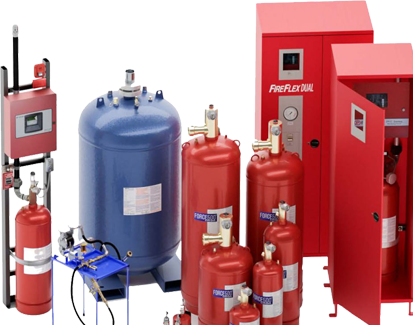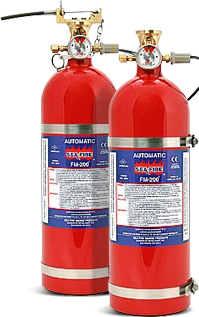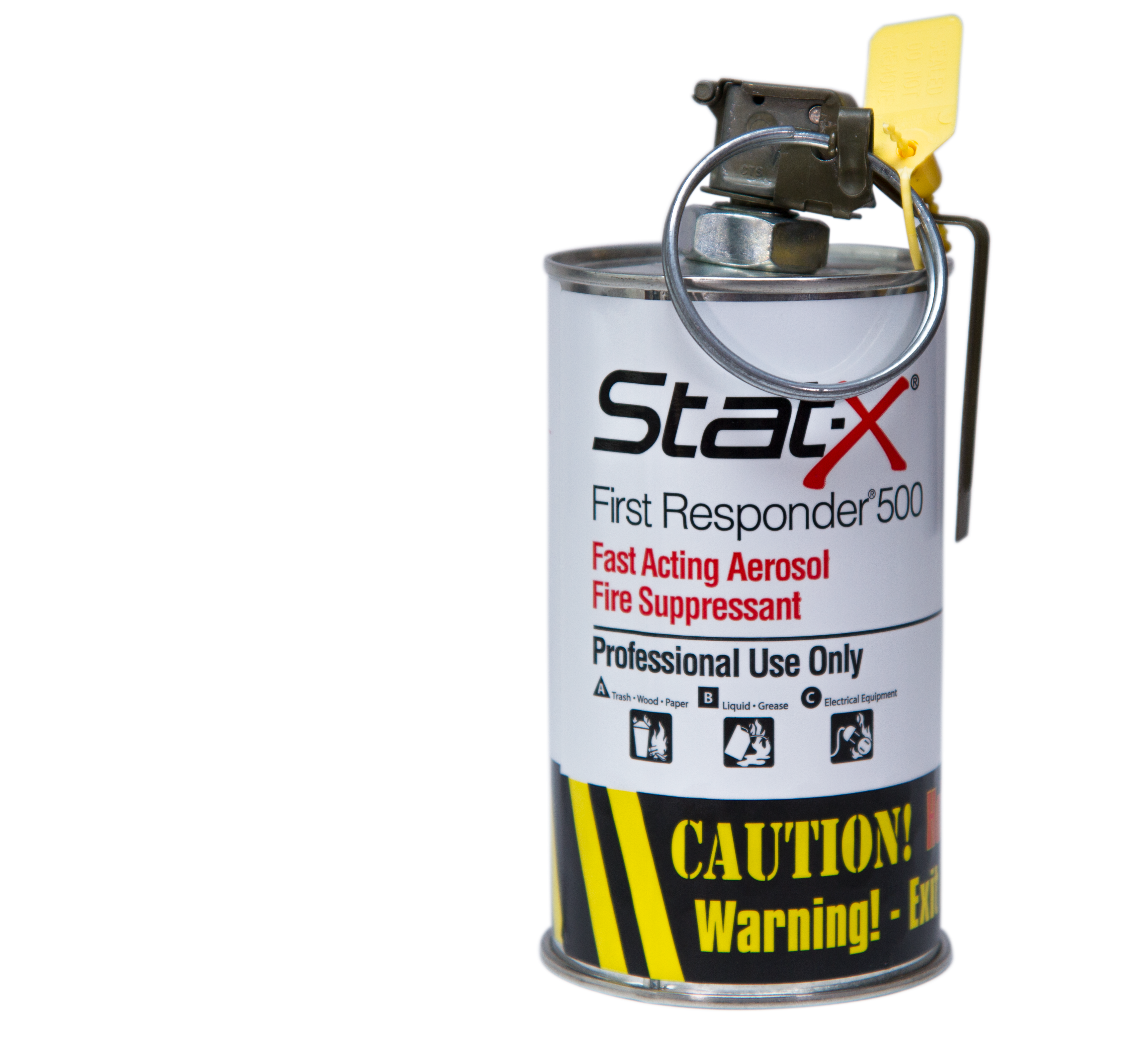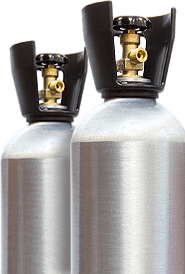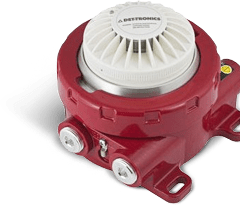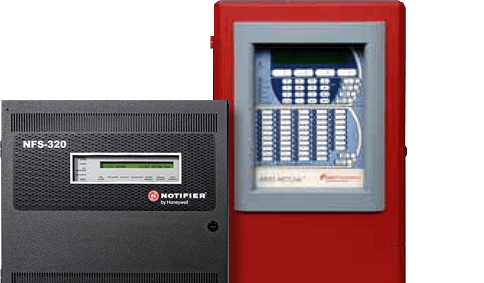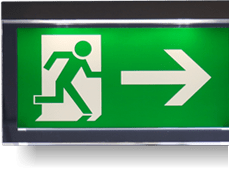Common Fire Safety Myths Debunked

Any company's first priority is fire safety, however sadly, many false ideas about fire protection endure. Believing these beliefs could result in insufficient fire safety precautions and, in worst-case situations, terrible property damage and death toll. We will dispel five common fire safety misconceptions in this post and offer correct information to enable companies to safeguard their assets and staff.
Myth 1: Fires Only Occur in Old or Poorly Maintained Buildings
Debunk: Fires can happen in any building, regardless of its age or condition.
Although older buildings might have antiquated wiring or materials that raise fire danger, modern buildings are not fireproof. Actually, even the most modern, well-kept buildings have fires brought on by things like electrical failures, malfunctioning equipment, and human mistake.
Example: An electrical malfunction in a computer server room triggered a major fire in a Toronto contemporary office building. The structure had just undergone renovations, but a little electrical fault caused major damage. This illustration emphasizes, independent of the age or state of a structure, the need of frequent fire safety inspections and system checks.
Explore further
Business owners should routinely update fire safety equipment, make sure electrical systems are up to code, and teach staff members on fire protection techniques to help to lower their risk of fire.
Myth 2: Sprinkler Systems Always Cause Water Damage
Debunk: Modern sprinkler systems activate only in the immediate vicinity of a fire, minimizing water damage.
Many people think sprinkler systems will flood the whole structure and inflict major water damage. Modern systems, however, are built to react just where the fire is found. Every sprinkler head turns on separately upon heat detected in that particular location. This guarantees that water gets exactly where it is required, therefore restricting the possible water damage and the spread of the fire.
Benefits of Sprinklers:
- Before they spread, quickly controls or puts out flames.
- Less water is required than in the fire department's hose use.
- Reduces damage to untouched portions of the structure.
Example: In the packing section of a little manufacturing company, a fire started. Just two sprinklers turned on effectively and quelled the flames. Water damage was restricted to the nearby area, therefore sparing the company from a far more catastrophic loss.
One should consider sprinkler systems as a very necessary component of any fire safety plan. By early stage fire control, they protect property as well as lives.
Myth 3: Fire Drills Are Unnecessary in Small Businesses
Debunk: Fire drills are essential for all businesses, regardless of size.
Given its tiny personnel and confined workspace, one may easily believe that a small company does not require fire drills. No matter the size of the company, though, crises may lead to panic and uncertainty. Frequent fire drills guarantee that staff members understand evacuation protocols, know where fire exits are found, and can react fast in an emergency.
Why Fire Drills Matter:
People also search
- Make sure every staff member understands their part during a fire.
- Point up possible problems with safety gear or evacuation paths.
- Encourage an office environment with safety first.
Example: Because of frequent fire drills, a little Vancouver retail store escaped calamity. Employees understood exactly how to safely and fast exit the storage when a fire started, therefore avoiding injuries.
Small companies too have to include regular fire drills into their safety strategy to make sure everyone is ready to handle an incident.
Myth 4: Fire Extinguishers Are Sufficient for All Fire Situations
Debunk: Different types of fires require different extinguishing agents.
Although they are a basic first line of protection, fire extinguishers are not a one-size-fits-all fix. Different kinds of fires—including grease, chemical, or electrical ones—call for different extinguishing chemicals. Using the incorrect kind of extinguisher might either be useless or perhaps aggravate the fire.
Types of Fire Extinguishers:
- Class A : For ordinary combustibles like wood, paper, and cloth.
- Class B : For flammable liquids like gasoline, oil, or paint.
- Class C : For electrical fires.
- Class K : For kitchen fires involving grease or cooking oils.
Example: Using a normal water extinguisher instead of a Class K extinguisher aggravated a grease-related restaurant kitchen fire. The fire immediately caused great damage. With the right extinguisher and staff training, this would have been avoidable.
Business owners should make sure that staff are taught to use the relevant fire extinguishers for certain threats and that the correct ones are accessible for them.
Myth 5: Fire Safety Is Only the Responsibility of the Building Owner
Debunk: All employees have a role to play in fire safety.
Fire safety falls not just on the management or owner of the building. From seeing and documenting threats to adhering to correct safety protocols, every staff member has a responsibility. Many fire-related events may be avoided with a proactive, well-prepared team.
Employee Fire Safety Roles:
- Report Hazards : employees should be urged to quickly report any fire safety, electrical, or equipment dangers.
- Follow Procedures : Following set safety procedures helps properly trained staff members greatly lower fire hazards.
- Maintain Awareness : Fire exits, extinguishers, and alarms should all be located known to employees.
Example: An employee in a Calgary IT firm noted malfunctioning server room wiring. Early notice let the corporation address the problem before it turned into a full-fledged fire, therefore sparing the company from possible disaster.
From top management to entry-level personnel, a fire safety plan guarantees a safer, more ready workplace.
Common misconceptions lead one to believe that one may ignore or take fire safety lightly. Understanding the truth behind these false beliefs can help facility managers, company owners, and safety experts to proactively guard their facilities, staff, and operations against the terrible consequences of fire.
Take Action Today :
- Schedule regular fire drills.
- Conduct safety training for all employees.
- Ensure your building is equipped with the appropriate fire extinguishers and a modern sprinkler system.
Not only can proactive fire safety save lives but also helps to avoid expensive company interruptions. Keep educated, keep ready, and protect your company from fire threats.





